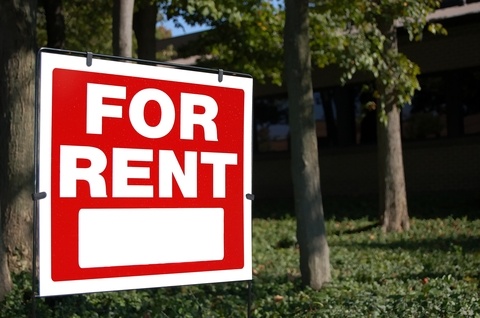
The rental yields on properties in different sectors and different areas of the world can and does vary wildly. However rental yields are vital to those looking at a long-term future in property investment and perhaps more importantly the “real yield” is the key. So what is the difference between a rental yield and the “real” rental yield?
Do not ignore inflation
Inflation is important to long-term prosperity in the worldwide real estate market because inflation allows rents to be increased, moving rental yields higher and dragging capital prices upwards. However, while not all property sectors depend upon rental yields as a barometer of value it does play a part.
The 2008 worldwide economic downturn ultimately led to a very short period of negative inflation which can decimate real estate markets in the longer term. While the subject of high inflation does not receive as much coverage as negative inflation it can also have a massive impact going forward. High inflation very often leads to higher interest rates, to try and combat the appetite for debt, to reduce demand for investment assets and to bring prices/valuations more in line with where they “should be”.
Real returns
When inflation is high this is when you need to consider relative rental yields and how they are impacting your cash flow and your portfolio going forward. If we give you an example where rental yields are 7% but inflation is 4% then the real rental yield is 3%. However, if for example inflation was 1% and rental yields were 5% then this actually gives a higher real rental yield of 4% even though the actual rental yield is significantly lower.
Many people work along the lines of using rental income to cover the cost of any finance or indeed what they may have lost if their funds were in a savings vehicle. In many ways the current situation, with interest rates as close to 0% as we have ever seen, has led to very high demand for property assets. Ultimately, with minimal inflation and interest rates at historic lows many people are now bidding up for property which is pushing rental yields down – but even the current lower rental yields compare favourably with minimal savings rates.
What happens when the markets turn?
As and when base rates/inflation move higher this will significantly impact the real rental yield available on properties at the moment. It will increase the cost of finance, place more people under pressure and ultimately see more properties available – reducing the current buy/sell imbalance. The consequences of the inevitable rise in interest rates will have a massive impact on those who have variable-rate mortgages which are at very low rates at the moment.
If you are currently paying 4% on your mortgage then a one percentage point increase to 5% is effectively a 25% increase in interest payable on your mortgage. There are concerns that investors and homeowners are ignoring the inevitable rise in interest rates (whether this is one year away, two years or further) which will have a significant impact upon their financial position.

